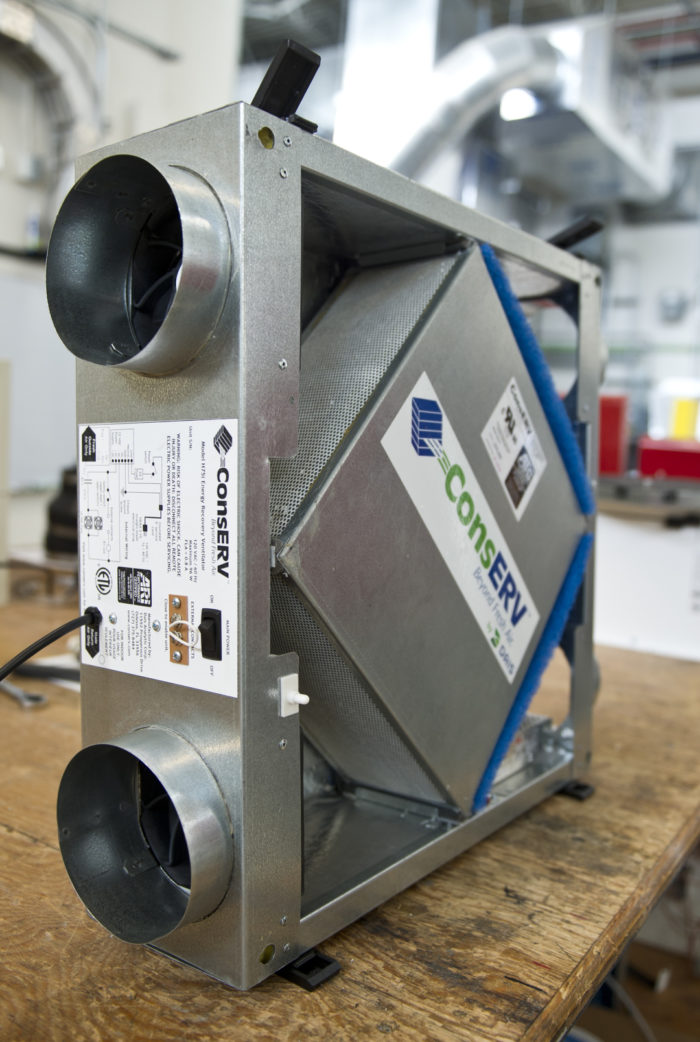7 Clues You Should Consider HRV in Your Home
Wiki Article
The All-Inclusive Guide to the Uses of Heat Recovery Ventilation in Modern Buildings
Heat Recovery Ventilation (HRV) systems represent a significant advancement in constructing innovation (HRV Heat Recovery Ventilation). They offer a method for trading stale interior air with fresh outdoor air while minimizing energy loss. This technique not only enhances interior air quality however additionally adds to power effectiveness in both residential and business buildings. Recognizing the numerous applications and advantages of HRV can disclose its crucial function in modern design and sustainability efforts. The effects of this modern technology deserve discovering betterUnderstanding Heat Recovery Ventilation Equipments

Although several modern-day structures focus on energy efficiency, understanding heat healing air flow (HRV) systems is vital for enhancing interior air high quality and reducing energy usage. HRV systems function by transferring warmth from stale indoor air to inbound fresh air, properly keeping comfy interior temperature levels while lessening energy loss. These systems consist of a warm exchanger, followers, and ductwork that promote the flow of air. Throughout winter, HRV units record and recycle warm from the outward bound air, while in summer season, they can help cool down incoming air. By continuously trading air, HRV systems likewise decrease moisture and the focus of indoor toxins. Correct installation and maintenance of HRV systems are crucial for their efficiency and effectiveness in enhancing general structure efficiency and convenience.
Benefits of Heat Recovery Ventilation
Heat recovery ventilation systems provide numerous advantages that boost both energy efficiency and indoor air top quality in contemporary buildings. By recording and recycling energy from exhaust air, these systems substantially decrease heating and air conditioning expenses, causing reduced power intake. They keep a constant flow of fresh exterior air, decreasing the risk of indoor air contaminants and irritants. This continual exchange assists regulate humidity levels, protecting against mold and mildew development and making sure a healthier living environment. Additionally, HRV systems add to sustainability objectives by decreasing total carbon footprints. Their capability to maximize air flow without sacrificing thermal convenience makes them an important addition to contemporary structure design, promoting both economic and ecological advantages.Applications of HRV in Residential Buildings
As property owners increasingly focus on energy effectiveness and interior air top quality, the applications of heat recuperation air flow (HRV) systems in household buildings have actually become much more widespread. HRV systems are specifically advantageous in firmly secured homes, where keeping fresh air circulation is vital for avoiding wetness build-up and interior toxins. They successfully transfer warmth from outward bound stale air to inbound fresh air, lowering power costs associated with home heating and air conditioning. Additionally, HRVs can enhance convenience levels by controling moisture and temperature level. They are likewise versatile for numerous residential designs, including single-family homes and multi-unit buildings. Overall, incorporating HRV systems supports lasting living practices while guaranteeing a much healthier indoor environment for passengers.HRV in Industrial and Commercial Setups
In industrial and commercial settings, the implementation of warmth healing ventilation (HRV) systems has become significantly essential for enhancing energy efficiency and keeping air quality. These systems efficiently move warm from exhaust air to inbound fresh air, lowering the need for extra home heating or air conditioning. This not only decreases power prices but likewise adds to sustainability campaigns. Industries such as production, click to read more warehousing, and office buildings benefit considerably from HRV systems, as they help regulate temperature level and moisture levels, guaranteeing a comfortable and effective environment. HRV systems help in eliminating impurities and excess dampness, boosting indoor air top quality. As guidelines around air top quality end up being stricter, the fostering of HRV technology is most likely to expand, making it an essential component of modern business and industrial framework.Future Trends in Heat Recovery Ventilation Technology

Often Asked Concerns
How Does Heat Recovery Ventilation Impact Indoor Air Top Quality?
Heat recovery ventilation significantly boosts indoor air top quality by constantly exchanging stale interior air with fresh exterior air while recouping energy. This process decreases contaminants, keeps ideal humidity levels, and guarantees a healthier atmosphere for passengers.Can HRV Solutions Be Installed in Existing Structures?
HRV systems can certainly be set up in existing structures. Retrofitting may call for modifications to ductwork and ventilation layouts, yet it considerably enhances power effectiveness and interior air quality, making it a sensible choice for older frameworks.What Upkeep Is Required for HRV Solutions?

Exist Certain Climates Where HRV Is A Lot More Reliable?
Heat recovery ventilation systems are especially effective in climates with significant temperature level distinctions in between seasons. These systems enhance energy effectiveness by recovering heat from exhaust air, making them excellent for both cold and here moderately cozy environments.How Do HRV Systems Affect Power Expenses?

Report this wiki page